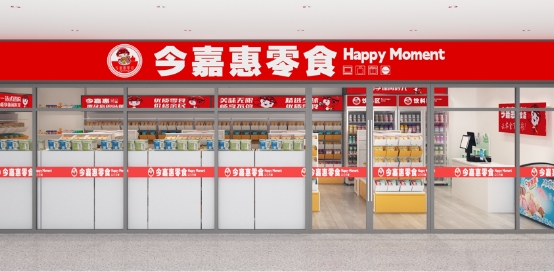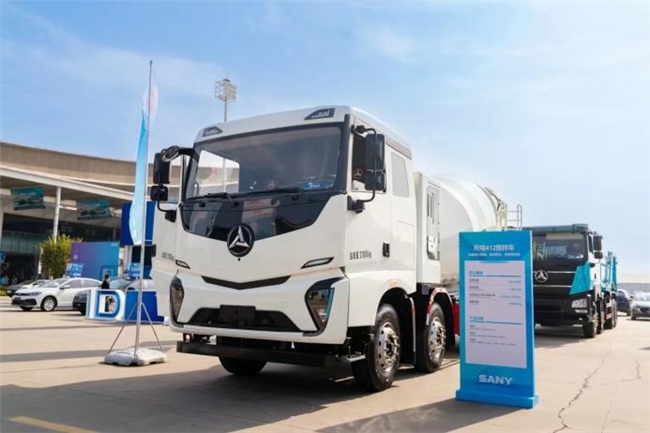
In 2017, it's projected that more than 1.1 million people went to work, backpacks and big ideas in tow, at 13,800 coworking spaces worldwide, according to the 2017 Global Coworking Survey. To put this in perspective, if every coworking space was owned by the same company, it would have more worldwide locations than Walmart. Coworking memberships have enjoyed steady growth since the idea became a reality. However, as the nature of work evolves and the demand for new technology explodes, we can expect coworking to look differently in 2020 than it does today. As we continue to forge into this brave new world of work and technology, it's only natural to predict that coworking will take on a brave, new path as well. Below are three trends that will shape the future of coworking in 2018 and beyond.
1. Continued expansion of national players into middle market of the country
Several huge companies made headlines in 2017 with plans to relocate or expand into what many refer to as "flyover country," the Midwest. And it's not just Chicago, either. Cities like Indianapolis, Cincinnati, Columbus and Detroit are seeing expansion from national names in coworking like WeWork, Serendipity Labs and Industrious, withsome planting multiple locations within one city. The growth is certainly justified. Millennials, who will make up 75 percent of the workforce by 2030, crave these open, flexible work formats. As millennials and their Gen Z successors begin setting off on their own entrepreneurial pursuits, the expectation is that the demand for coworking will only increase, forever changing the commercial office landscape.
As the business and entrepreneurship climate in the Midwest surges, quality of life has followed suit. Low cost of living allows disposable incomes to stretch further, benefiting the local economy and thereby local businesses. Low rent costs lure new college grads looking for work. RentCafe estimates that a 22-year-old computer engineer moving to Indianapolis to look for a job could enjoy rent costs hovering around $781 for 886 square feet. In San Francisco, she should expect to pay $3,219 for about 10 percent less space.
2. A sharp focus on industry-specific efforts
Now that coworking has established itself as a viable business model, we can look toward the next phase: profitability. We know the general open-concept space with fast Wi-Fi and access to coffee works for most burgeoning software startups. But, as the demand for connected devices grows and entrepreneurs rise to the challenge, industry-specific coworking support will quickly become a need within the startup community.
As an example,Statista estimates that, by 2025, the IoT retail market will exceed $11 billion. The projected growth is staggering, considering that in 2018 the market will barely brush $4 billion. Additionally, British semiconductor firm Arm estimates that, by 2035, companies worldwide will build 1 trillion IoT devices and add roughly $5 trillion to the global GDp. For entrepreneurs focusing on bringing IoT technology to market, dedicated space for building and testing hardware won't be optional. This also goes for entrepreneurs looking to break into the food or agritech industries. All three industries require physical assets and product testing. 58003
3.58003
The benefits of coworking are many, and there is research to prove it. The future of coworking will be more of a "melting pot,"as early stage startups will work alongside corporate innovation teams. Innovation teams are like startups within big companies. These small teams have the intellectual freedom of a startup with the resources of a mature enterprise. Because the teams operate semi-independently, coworking spaces offer them an atmosphere of innovation "outside of the office." The opportunity for collaboration with other innovators solving complex problems allows for a higher level of creative thinking. 58003
As the world faces changes in the redistribution of talent, technology and work, the world of coworking will change as well. Since the coworking community is an entrepreneurial bunch, I have no doubt we will rise to meet the challenge.
Related Video:Daymond John: Do This Before Selecting a Coworking Space




















